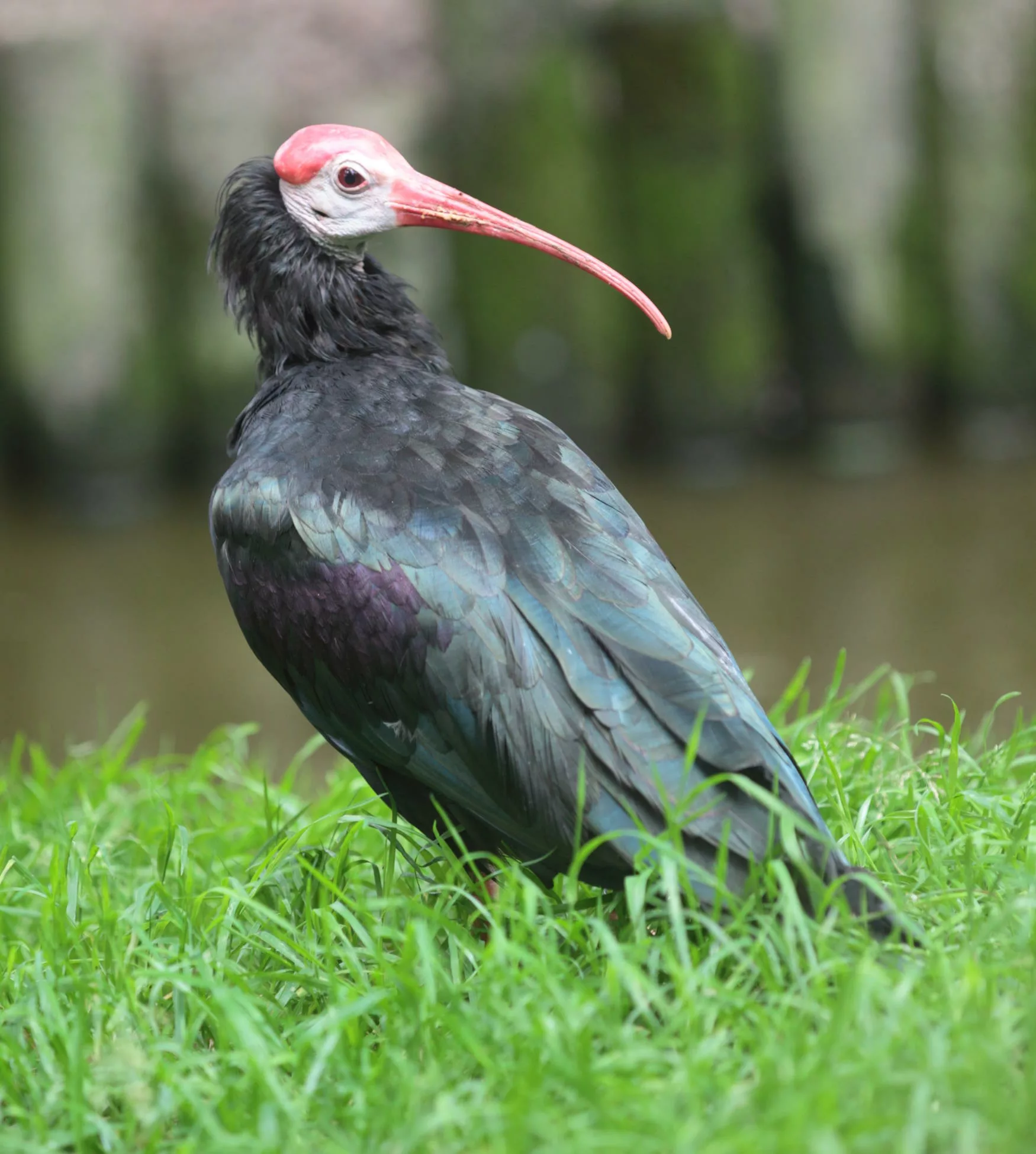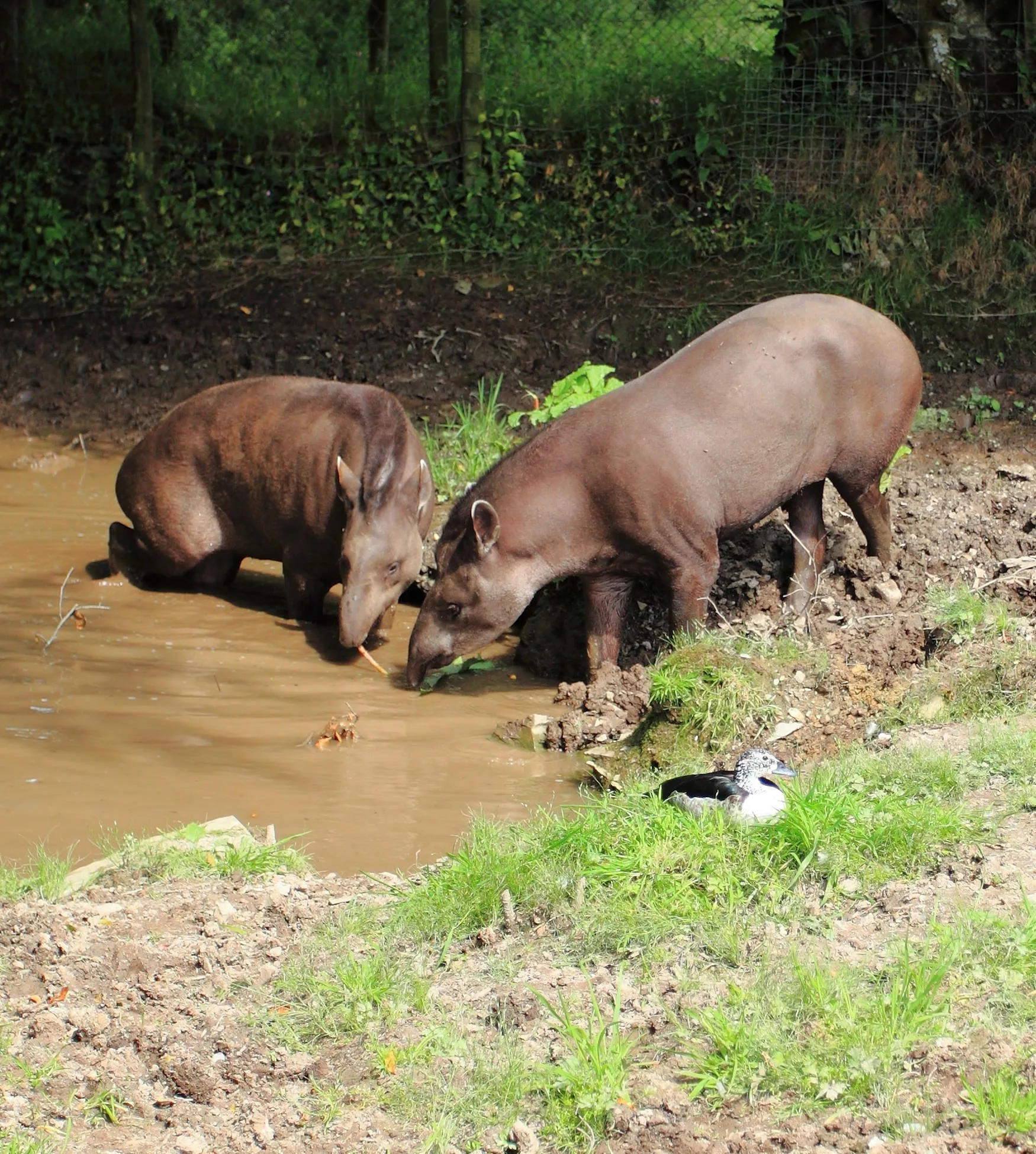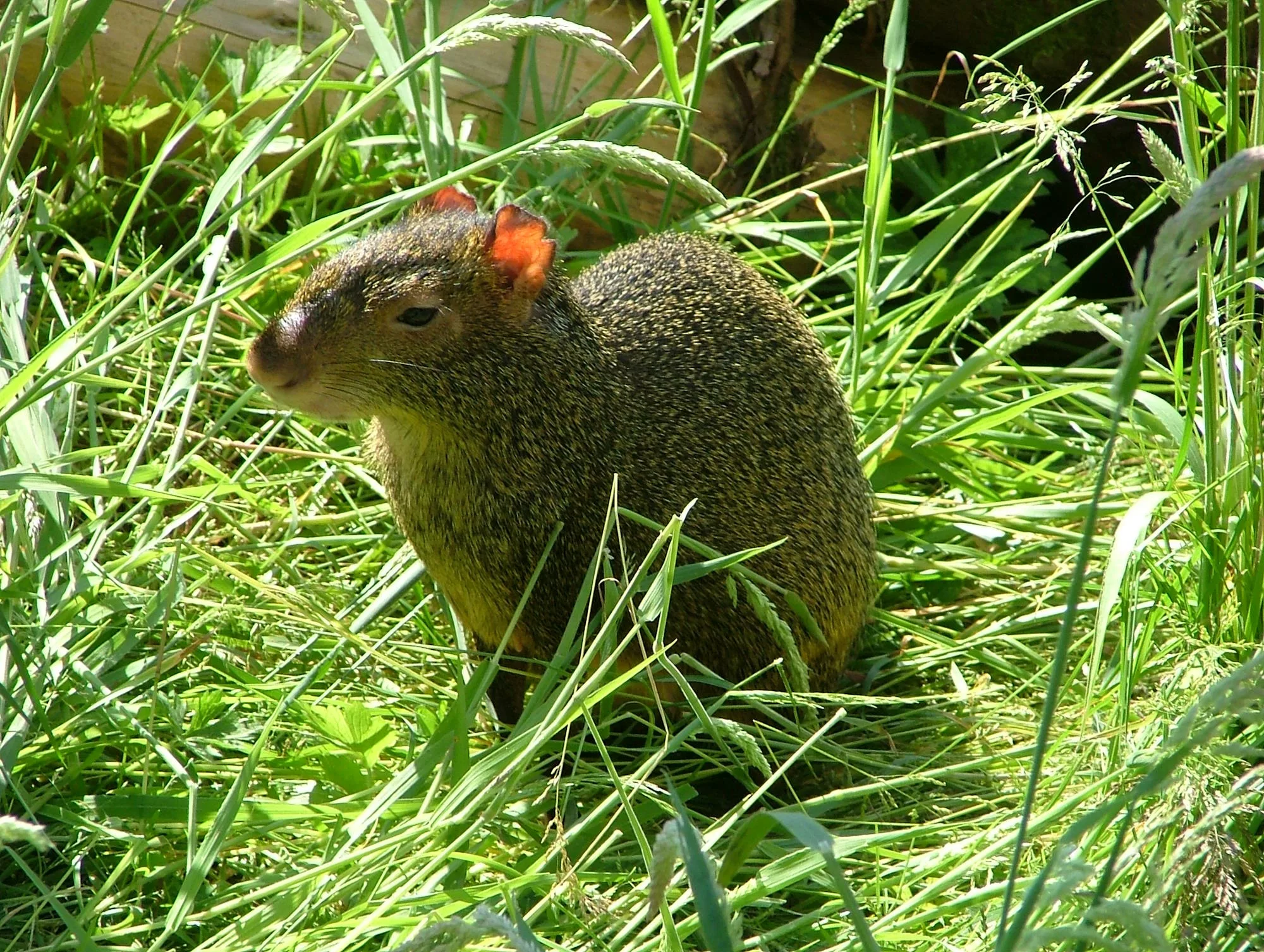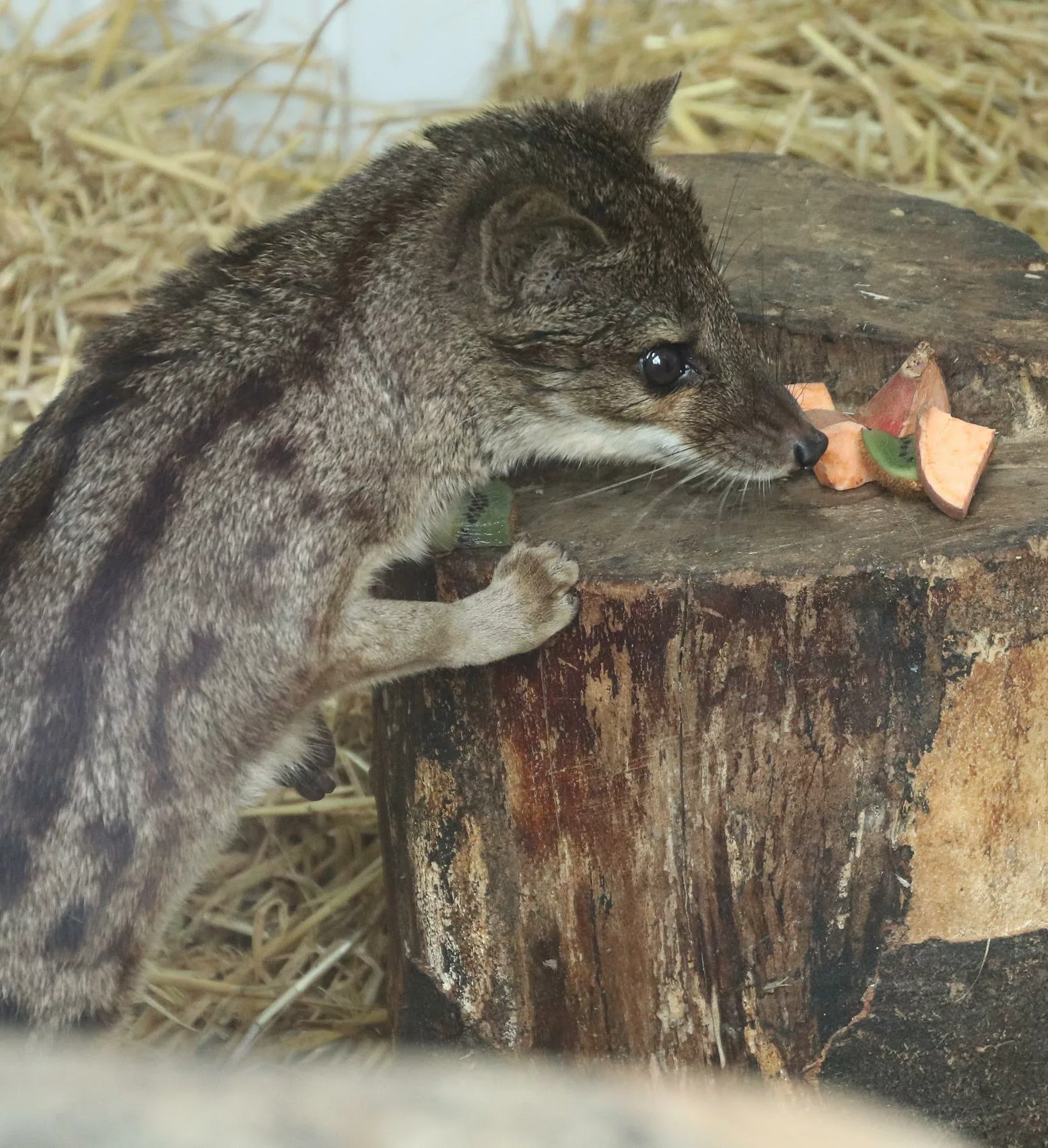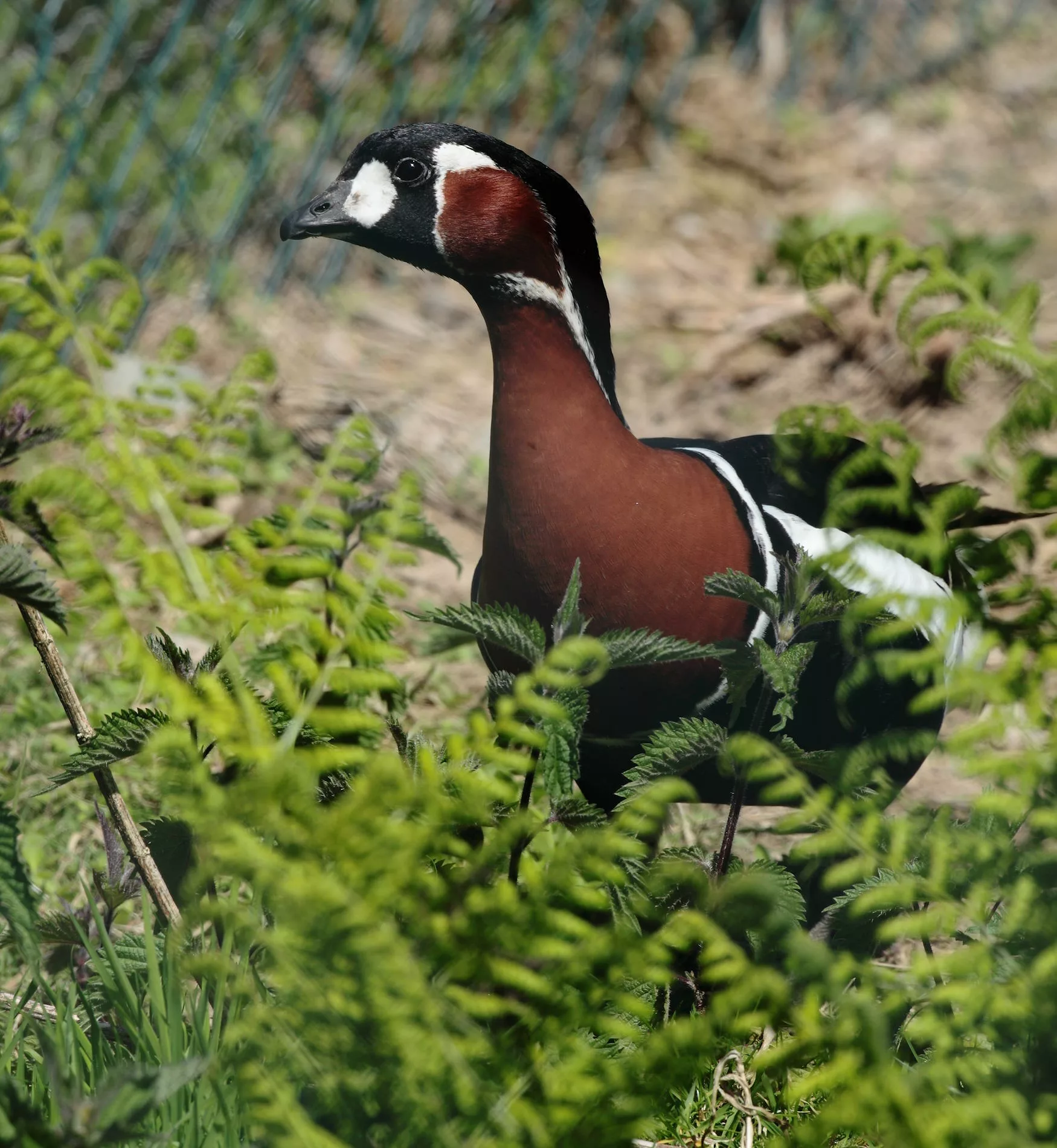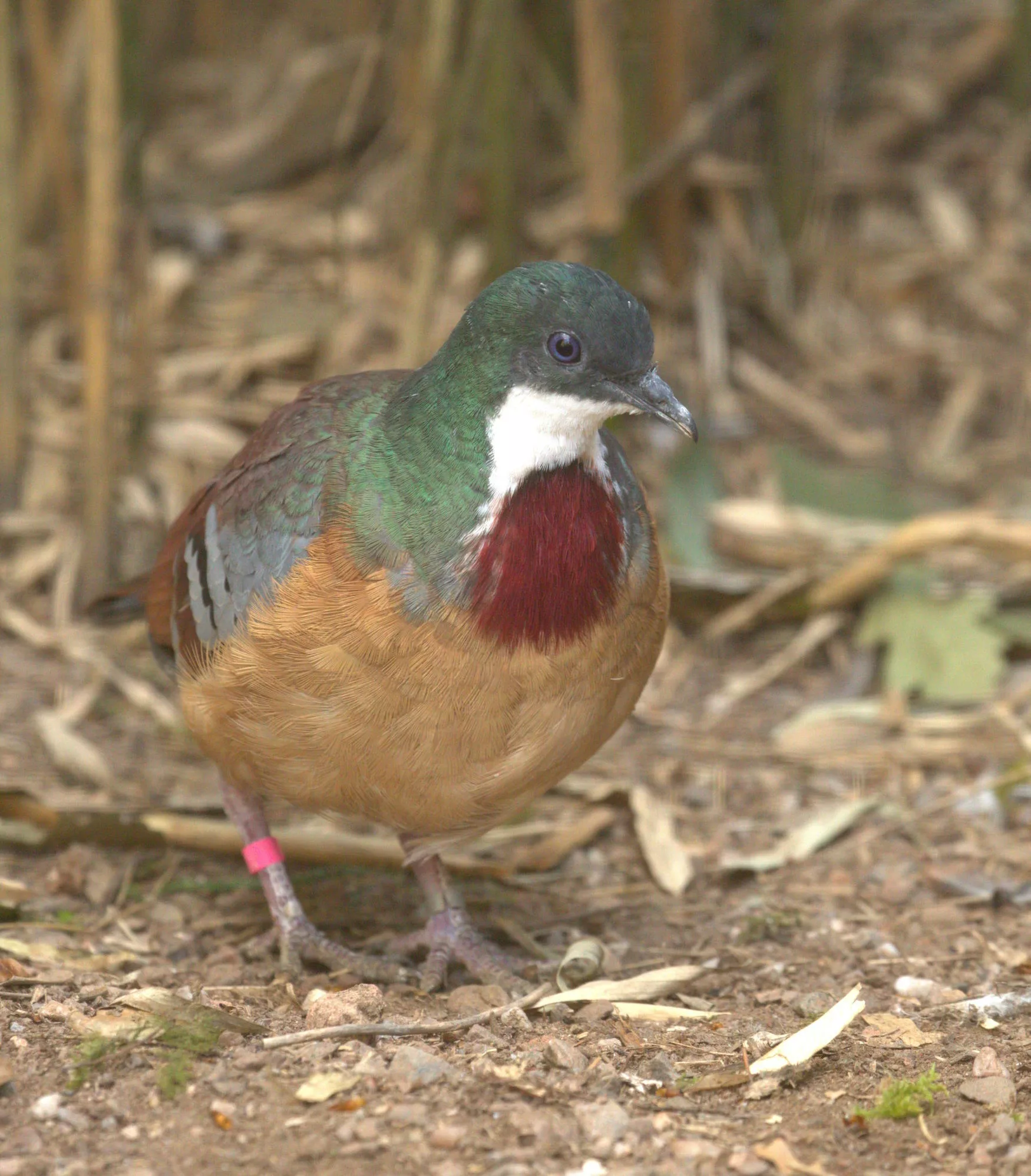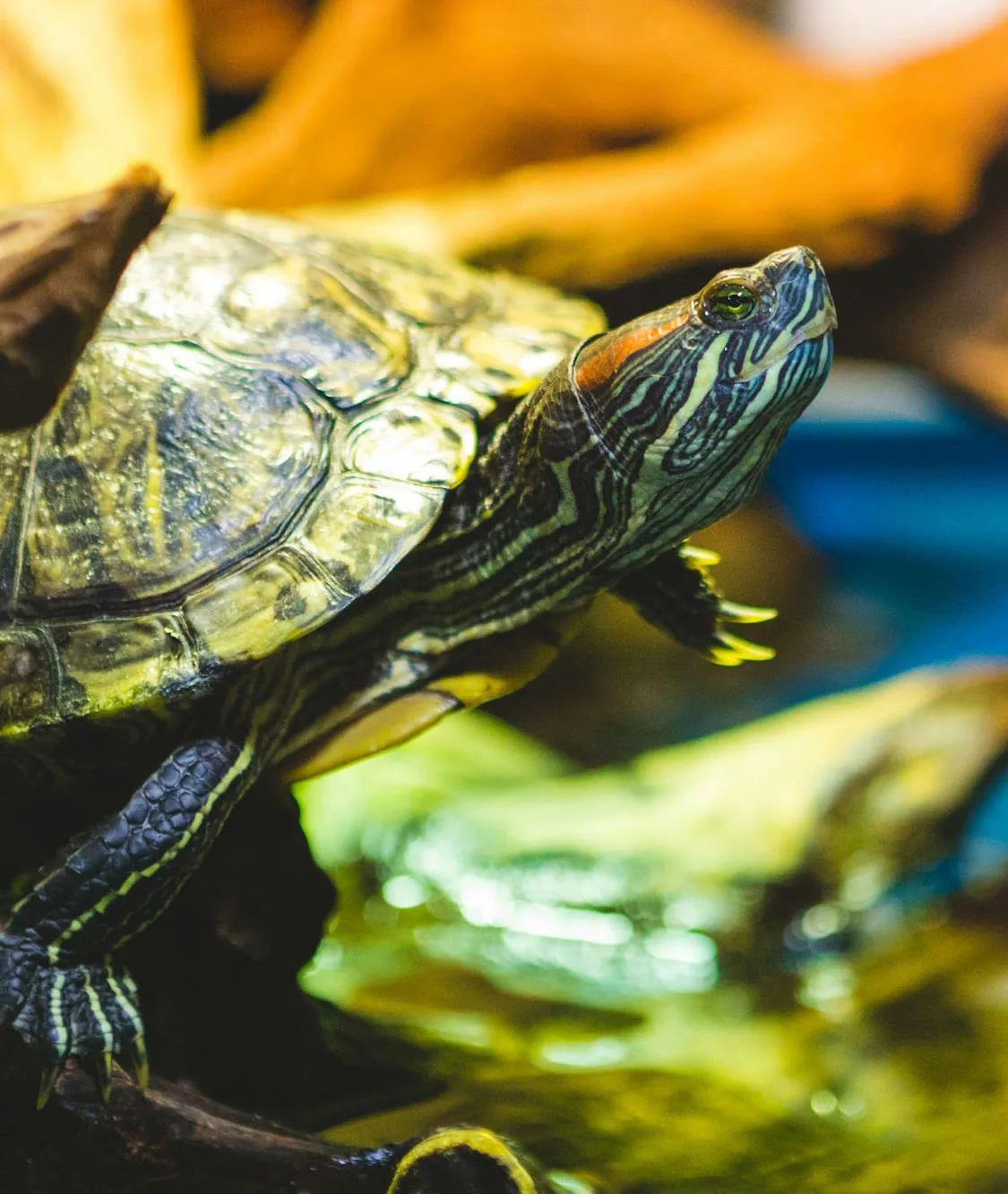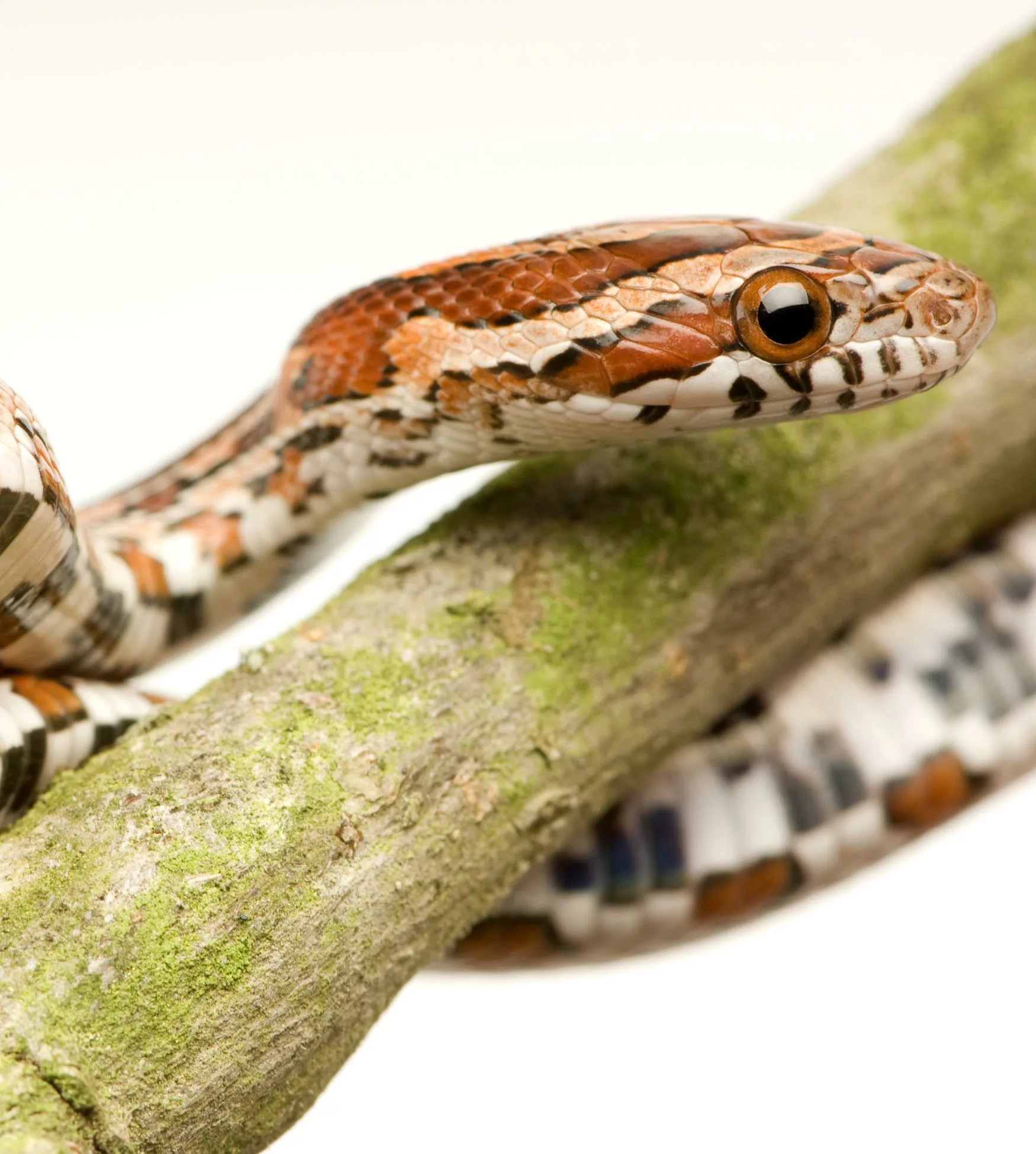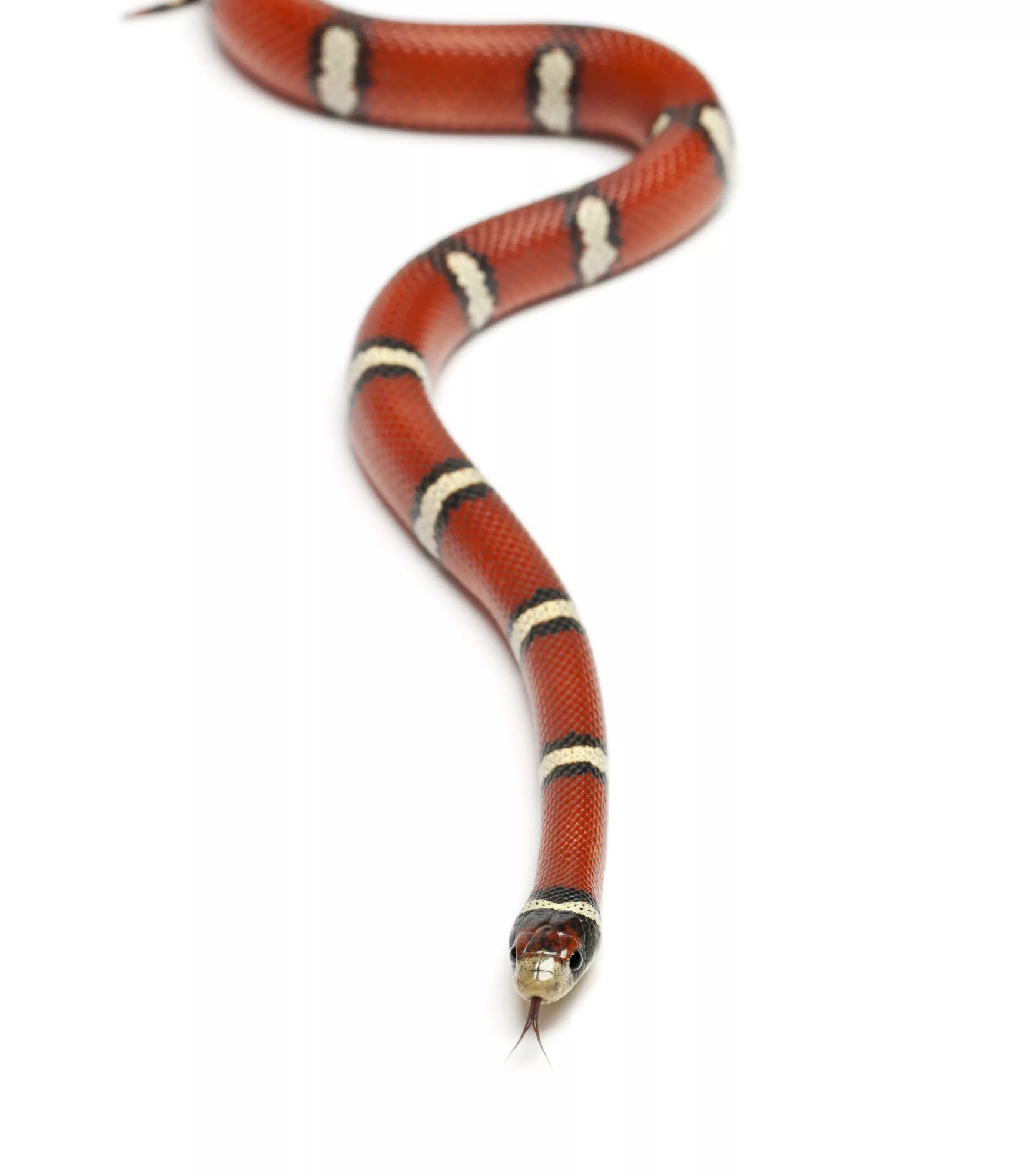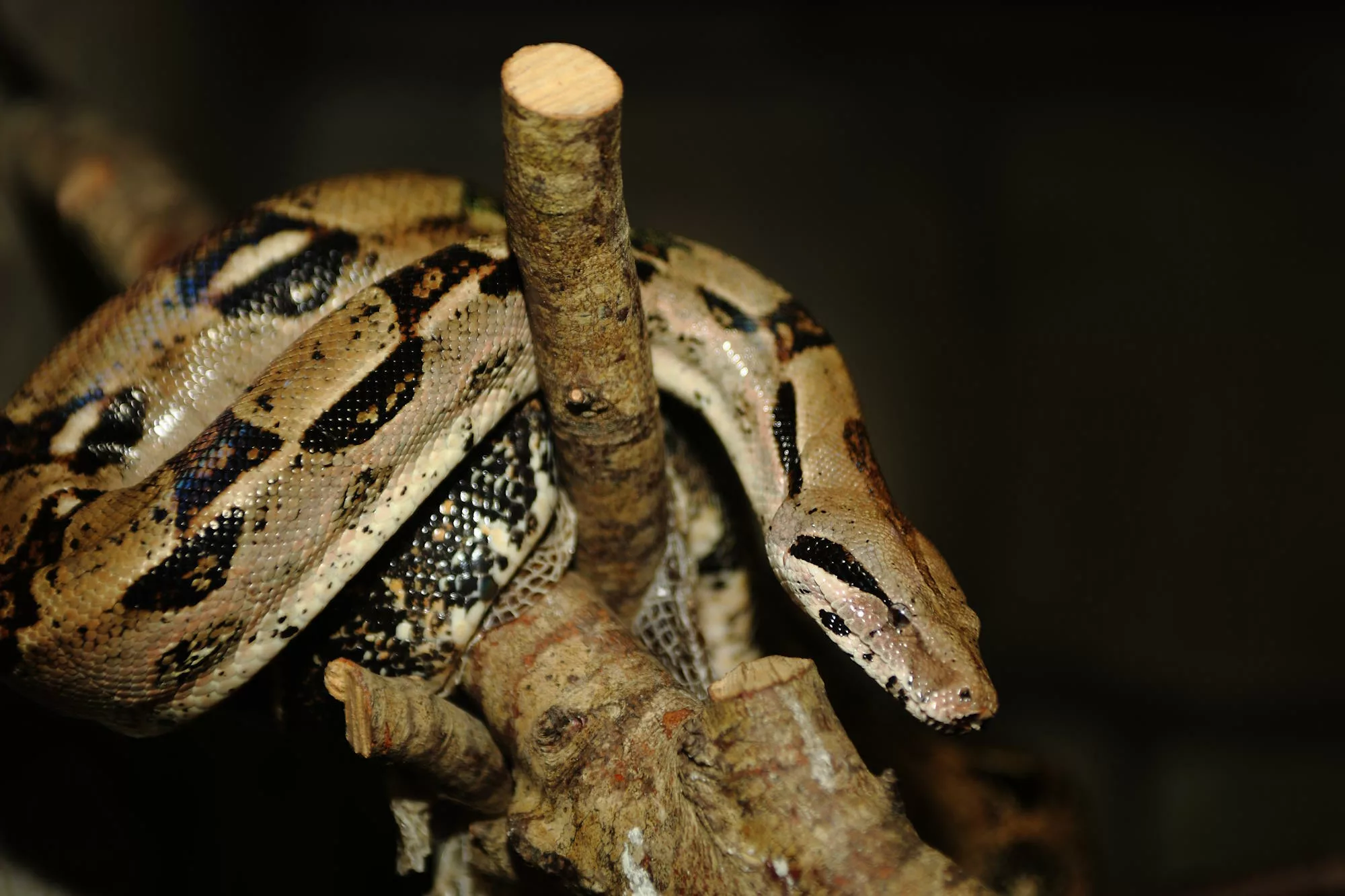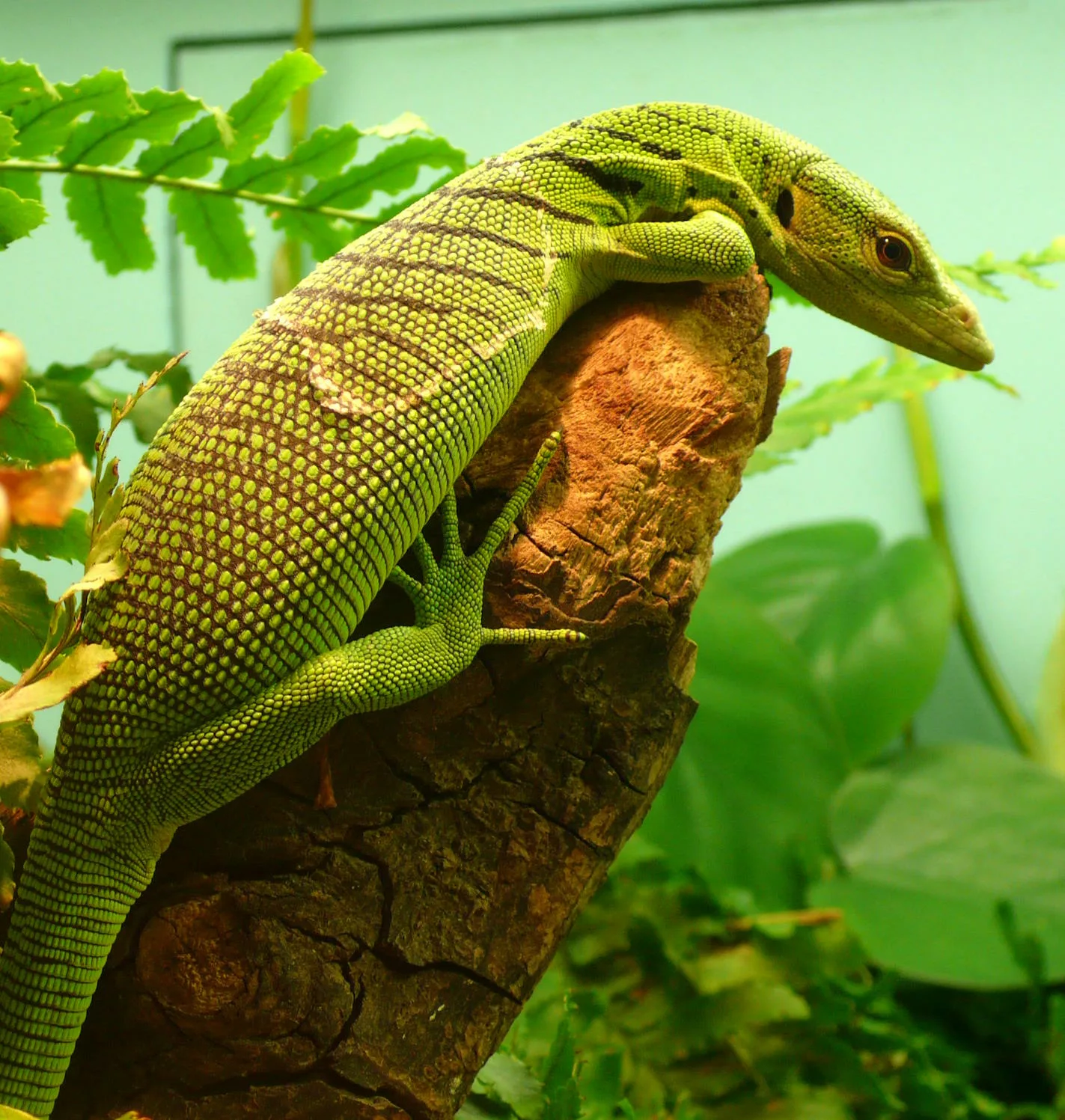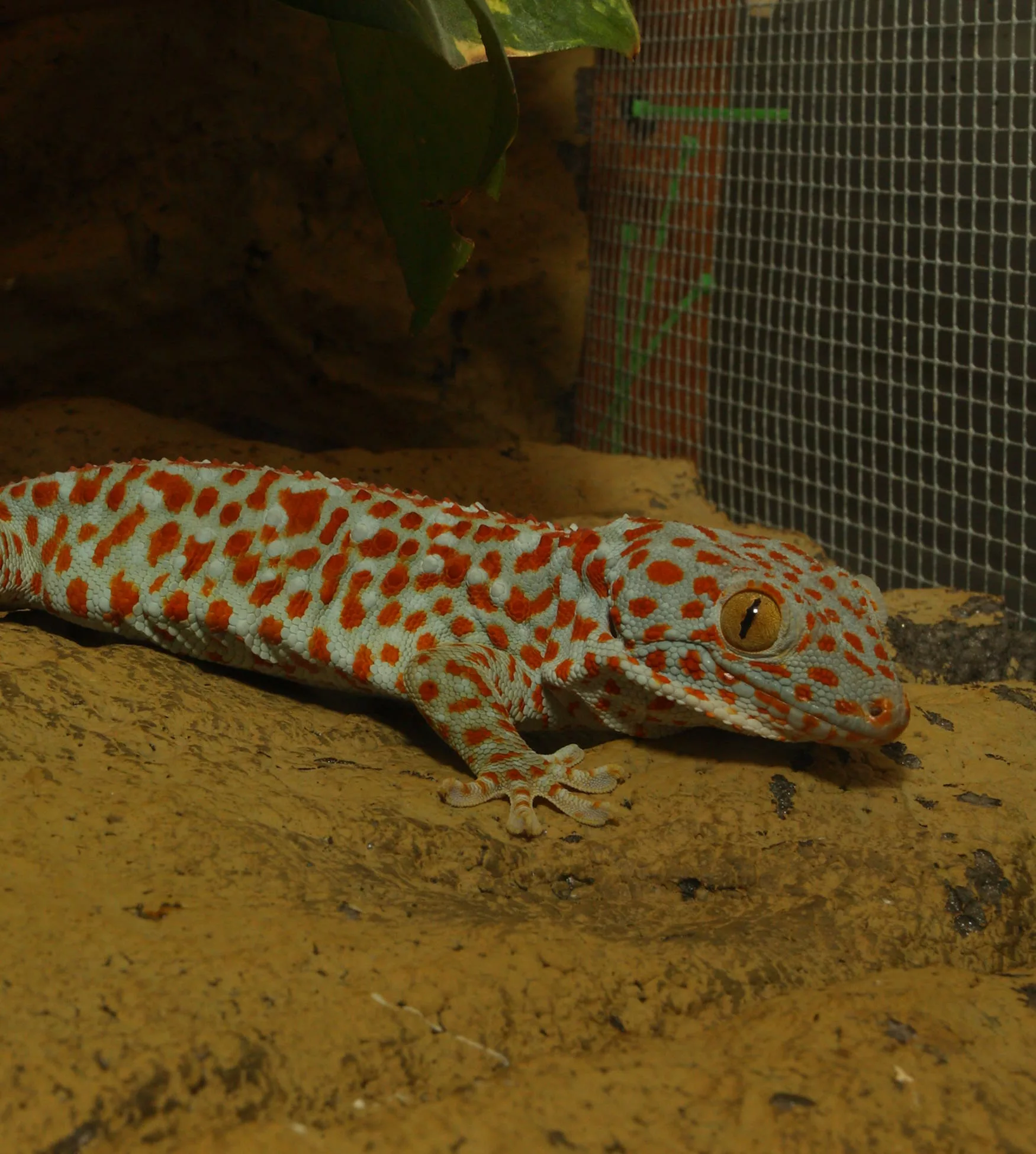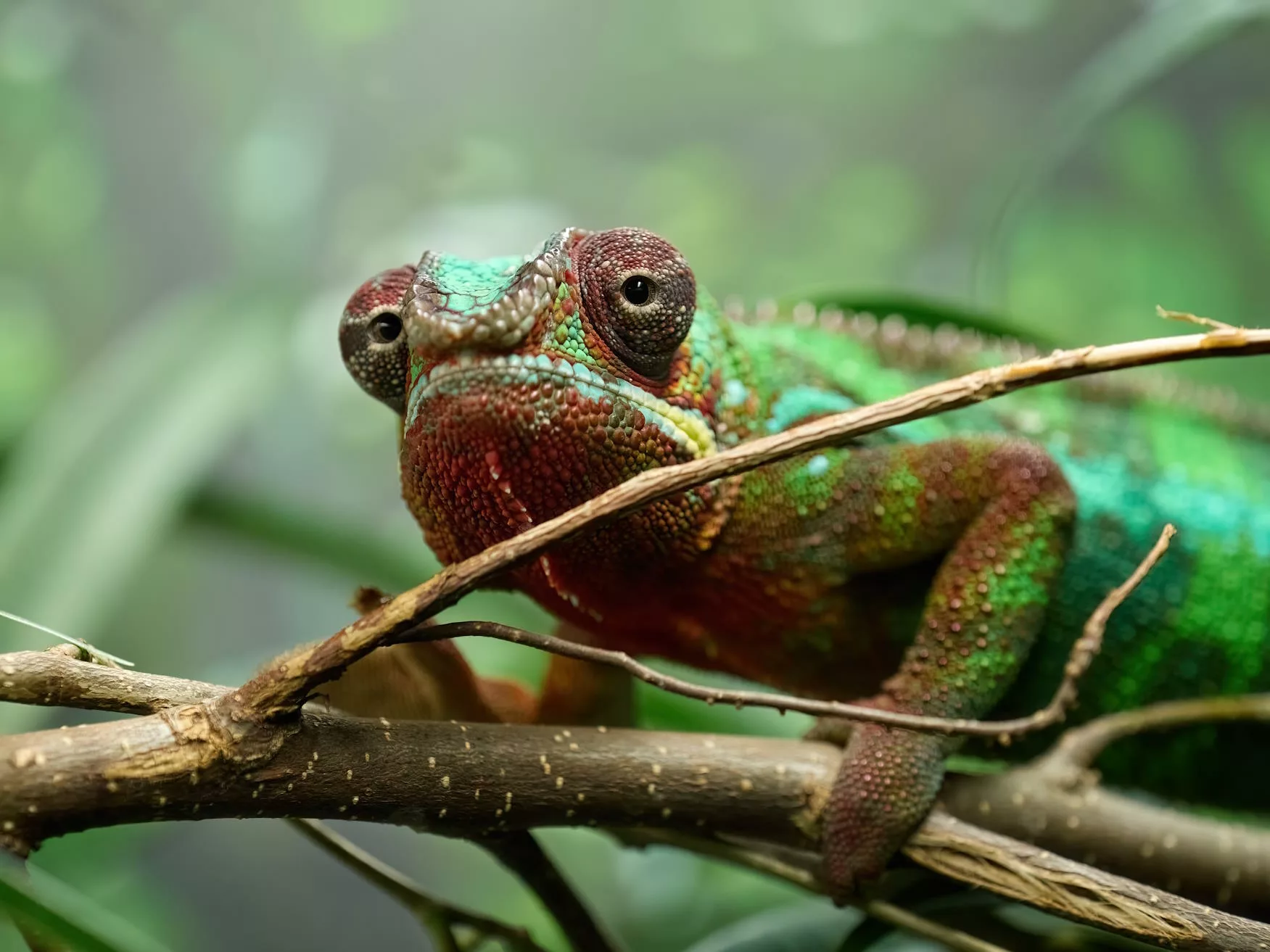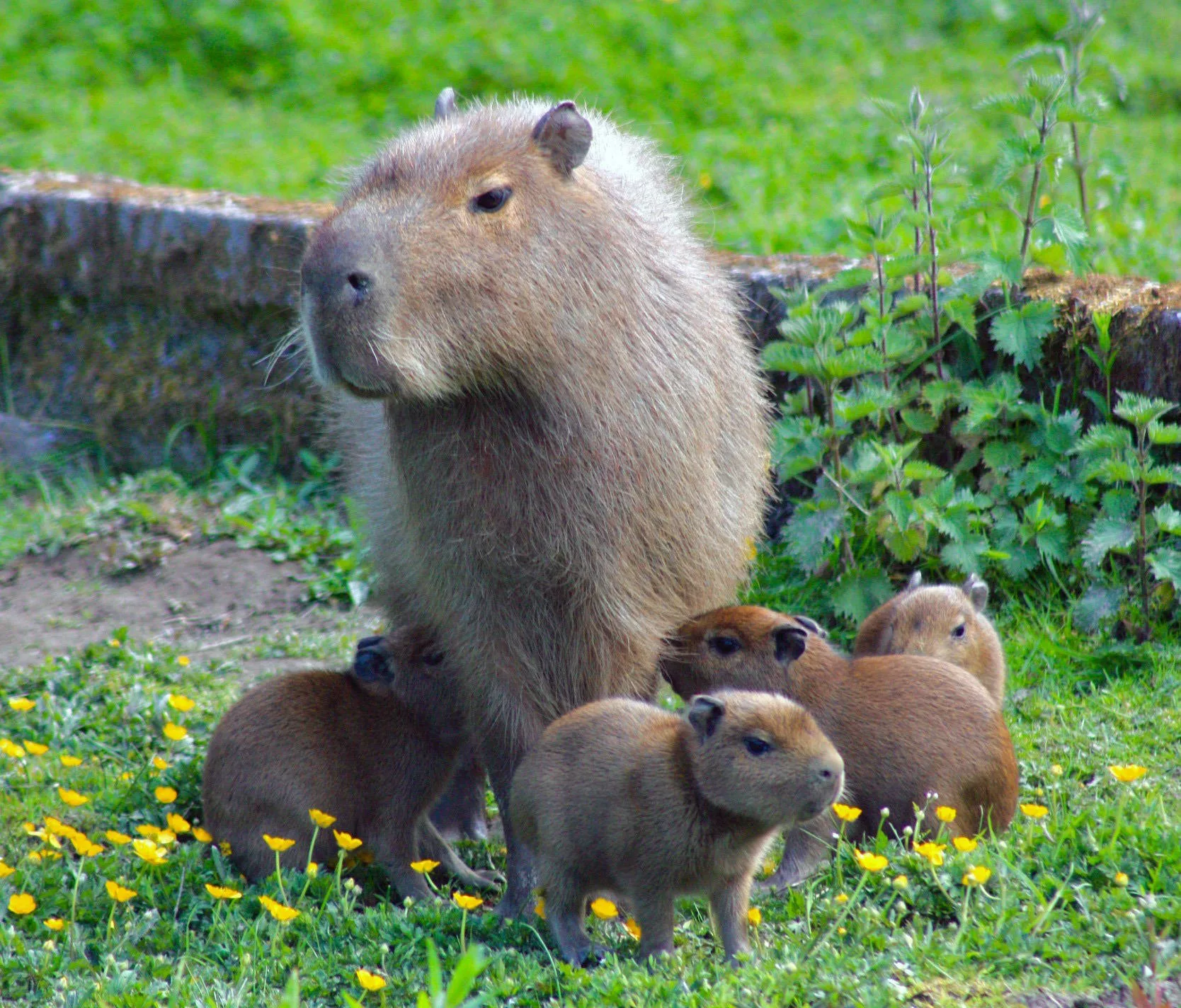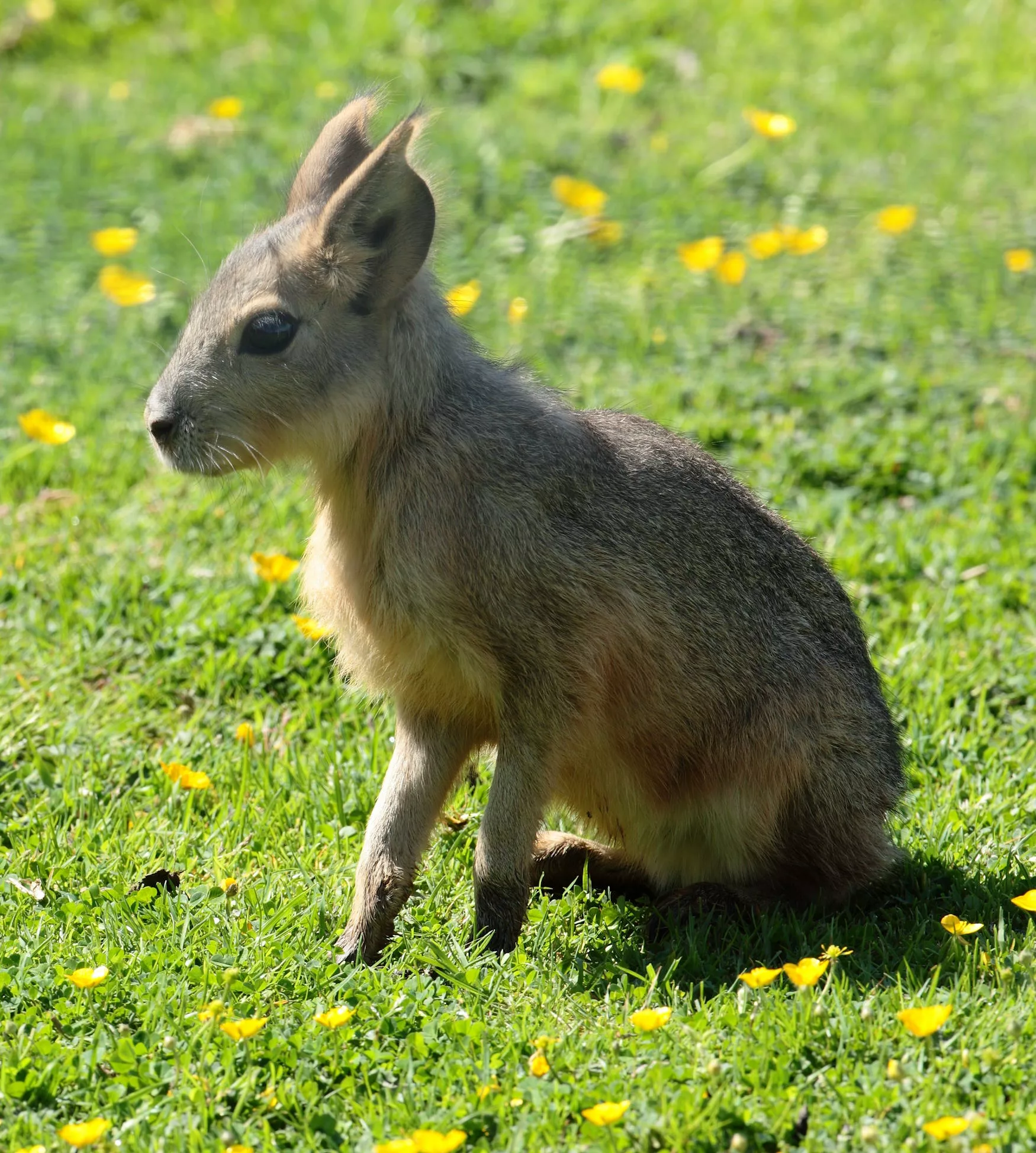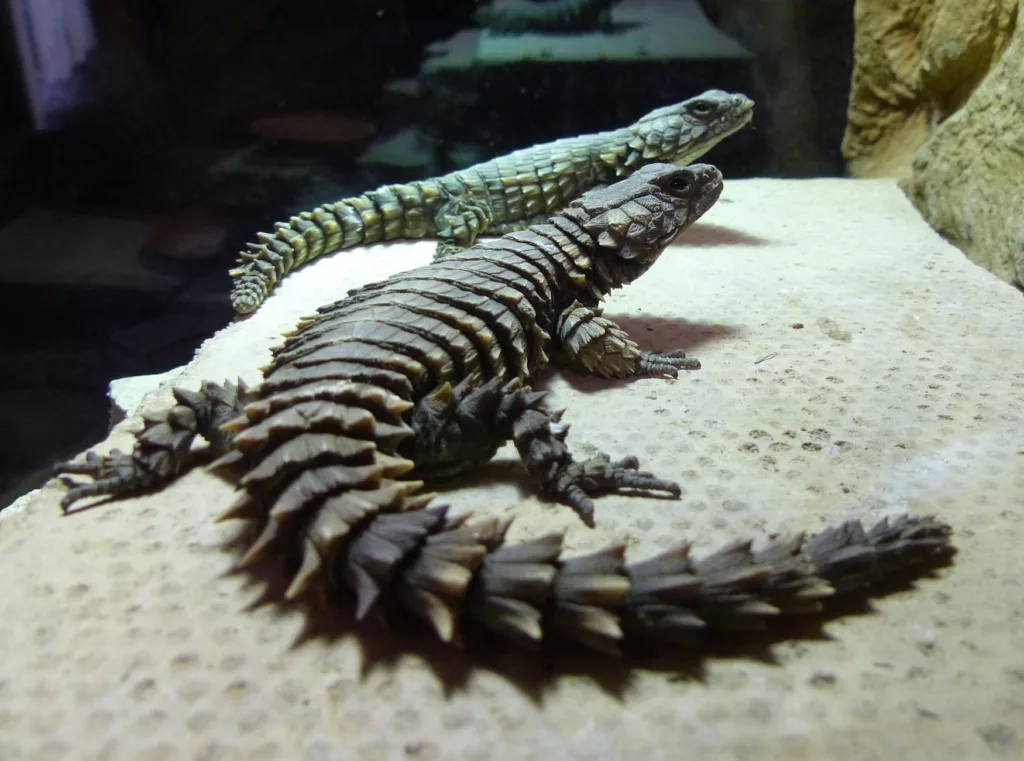
Armadillo Girdled Lizard
Scientific name: Ouroborus cataphractus
IUCN listed as: Near Threatened
Learn before you visit!
Here are some facts about the species – Discover what they eat, find out about their natural habitat, see what they like to do, and more… Set the reading style to suit you too, everyday speak or something aimed towards children.
Child-friendly
Everyday
Diet
Armadillo girdled lizards primarily feed on insects such as termites, crickets, and beetles. They also consume plant material, including leaves and fruits. In captivity, their diet is supplemented with crickets and other insects.
Armadillo girdled lizards love munching on insects like termites, crickets, and beetles. They also nibble on leaves and fruits. In zoos, they get special treats like crickets to keep them healthy.
Breeding
Breeding occurs once a year, with mating taking place between September and October. Females give birth to one or two live young after a gestation period of 6 to 8 months, typically in March or April. This species is viviparous, meaning they give birth to live young rather than laying eggs.
These lizards have babies once a year. Mating happens in September and October, and the babies are born in March or April. The mums give birth to one or two live babies after about 6 to 8 months.
Habitat
Native to South Africa, these lizards inhabit the Succulent Karoo biome, particularly in the Northern and Western Cape provinces. They are typically found in rocky outcrops and shrubland areas with sandstone substrates. Their natural coloration provides effective camouflage against the rocky terrain.
These lizards come from South Africa, where they live in rocky, dry places with lots of bushes. Their colours help them blend into the rocks, keeping them safe from predators.
At the zoo
Armadillo girdled lizards are featured in various zoos worldwide, where they are housed in enclosures that replicate their natural rocky habitats. They require environments with ample hiding spots and climbing opportunities. In zoos, their diet is carefully managed to ensure they receive appropriate nutrition.
You can see armadillo girdled lizards in many zoos, where they live in rocky areas that look like their home in South Africa. They need places to hide and climb. Zoo keepers make sure they get the right food to stay happy.
Behaviour
These lizards are diurnal and live in social groups of up to 30 to 60 individuals, though smaller groups are more common. They communicate through body postures and are known for their unique defensive behaviour of rolling into a ball and holding their tail in their mouth when threatened, resembling a spiked ball. This position offers protection due to their hard, bony scales and tail spines.
Armadillo girdled lizards are daytime creatures that live in groups of 30 to 60. If they feel scared, they can roll up into a ball, holding their tail in their mouth, to protect themselves. This cool trick makes them look like a spiky ball.
Fun facts
- Armoured Appearance: Their body is covered with hard, bony scales and tail spines, giving them a striking armadillo-like appearance.
- Defensive Curl: When threatened, they can roll into a ball, tucking their tail into their mouth, to protect themselves from predators.
- Social Creatures: Unlike many lizard species, they thrive in social groups, often found in groups of 30 to 60 individuals.
- Viviparous Reproduction: They give birth to live young rather than laying eggs, which is relatively rare among lizard species.
- Long Lifespan: In captivity, they can live for 20 to 25 years, making them a long-term companion for reptile enthusiasts.
- Armoured Bodies: Their skin is covered with hard, bony scales and spiky tails, making them look like tiny armadillos.
- Rolling Defence: When scared, they can curl up into a ball, holding their tail in their mouth, to stay safe.
- Social Lizards: They like living in big groups, sometimes with 30 to 60 lizards together.
- Live Births: Instead of laying eggs, they have live babies, which is pretty rare for lizards.
- Long Lives: In zoos, they can live for 20 to 25 years, so they can be your pet for a long time.
More animals to discover at our zoo
Quick Links
Tickets & Prices
You can buy tickets for Exmoor Zoo securely online, as well as finding out more price options, discover offers, and more…
What’s on…
Exmoor Zoo hosts incredible Events all through the year. You can find out about what we’ve got in store here…
Routes & info
Like any great discovery, Exmoor Zoo can feel a little off the beaten path – but don’t worry – you can plan your journey with our recommended routes and other useful travel info.

